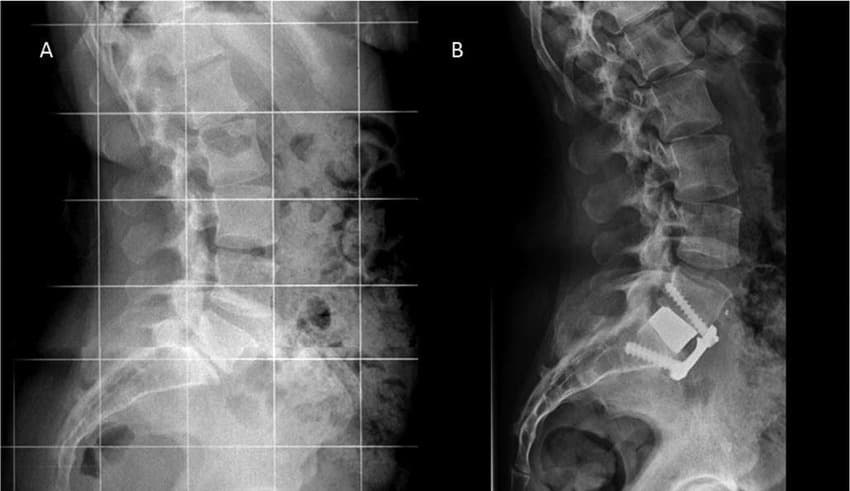During an ALIF, the surgeon makes an incision in the abdomen. The abdominal muscles and internal organs are carefully moved to the side to access the front of the spine. Once the spine is exposed, the surgeon removes the damaged or degenerated intervertebral disc. A specialized metal spacer is filled with bone graft material and then inserted into the empty disc space. This restores the disc height and natural curve of the spine. Over several months, the bone graft fuses with the adjacent vertebrae, creating a single, solid bone segment. Because the anterior approach avoids major back muscles, it often results in less post-operative pain, reduced blood loss, and a shorter recovery time compared to traditional fusion surgeries. Additionally, the natural curve of the spine and disc height can be better restored to their native condition.

Anterior Lumbar Interbody Fusion (ALIF)
Anterior lumbar interbody fusion (ALIF) is a type of spinal fusion surgery that approaches the spine from the front (anterior) of the body. The goal of the procedure is to stabilize the spine and alleviate pain by fusing two or more vertebrae.